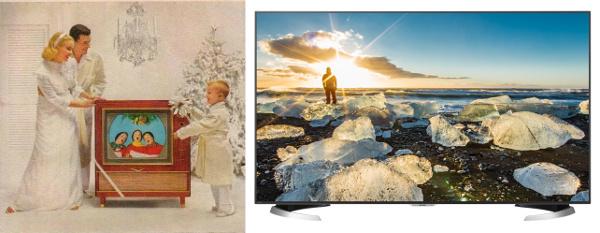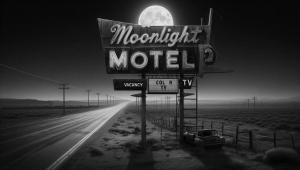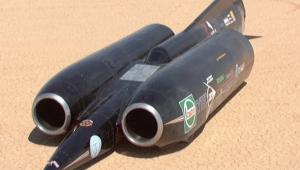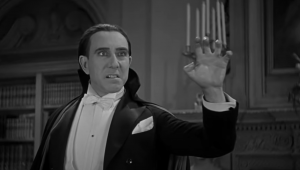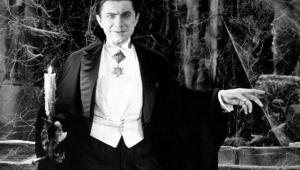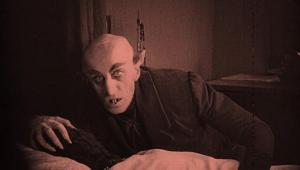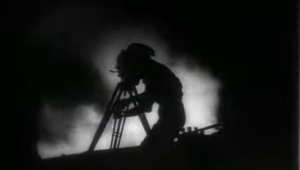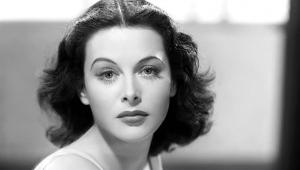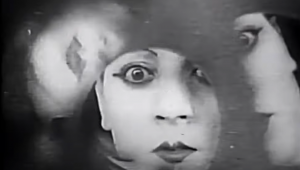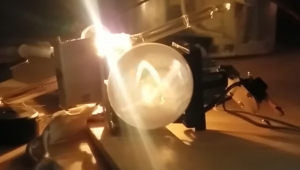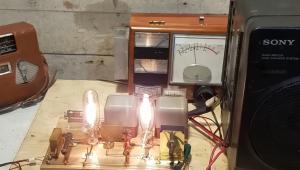The Olde Dayze were always better, right? Of course, that $4K & change income in the 1960s would pay for an apartment and reasonable eating, maybe even for two, with a couple of bucks to bank, which the current average doesn't even come near doing.
IMO, the "golden" age for sound was the 1970s-early 80s, when the market was flooded with decent if not audiophile (though some approached it), reasonably priced Japanese stuff and lots of decent low-medium end bookshelf speakers. By that time, wages had come up a bit more than prices in general (even with the gas crunches), so there was more spare cash around for things like sound systems. Good matchup. It became standard for college students (or just-into-the-workforce former students), like me, to have reasonably nice stereos.
Interesting that decent audio now is, relatively speaking, horribly expensive - it's as if your TV example has been applied, with performance that cost a few hundred $$ in the 1970s now near $2K and climbing fast. No wonder most kids are fine with earbuds & MP3s - even if they know better, they can't afford it.
TVs, though, are certainly more affordable now than ever. A color TV in the 1970s was still $500+ for a basic tabletop model (maybe 17-19"), which was out of reach for most absent a bank loan. Luckily, CRT TVs have been pretty reliable since the 1980s, at least, so the investment lasted a while (mine usually went 10+ years before repairs were needed or they got replaced). So your point about TVs is quite valid. Except for sound (what can you expect from a case that's only an inch or 2 deep?) and tuner quality (why so bad - oh yes, we all have satellite or cable - NOT!), what we have now is a great deal - far more and better picture for the money than ever before.
